Cyber assaults have been regarded as the fifth most dangerous in 2020, and they have become the new standard in both the public and commercial sectors. This vulnerable business will continue to develop in 2024, with cyber assaults estimated to triple by 2025. CEOs and CISOs are changing their business strategies by utilizing advanced VAPT security testing techniques.
In this blog, we’ll cover everything about VAPT and how it helps to secure business assets and IT infrastructures. We’ve shared some statistics for CISOs to make them aware of the current cyber world. We’ll list the top cyber threats in 2024 and how to maintain security with the best practices of VAPT.
11 Eye-Opening Statistics for CISOs
- 17% of cyberattacks target web application weaknesses.
- 98% of online applications are vulnerable to assaults, which can lead to malware, redirection to rogue websites, and other issues.
- 72% of vulnerabilities resulted from defects in web application code.
- According to 31% of CEOs, the most difficult aspect of cyber security is failing to identify important threats.
- 50% of businesses outsource their cyber security operations centers.
- ISO 27001 was the most often utilized cybersecurity framework, accounting for 48% of all enterprises.
- 41% of cyber security executives report utilizing the Zero Trust design principles.
- Only 29% of businesses reported utilizing multi-factor authentication.
- 62% of users have exchanged passwords by email or text message.
- The cybersecurity market is anticipated to reach $300 billion by 2024.
- The average cost of a ransomware assault was $4.54 million.
What is Security Testing?
Security testing is a sort of software testing that identifies application vulnerabilities and ensures that the application’s data and resources are secure from potential invaders. It assures that the software application and application are free of hazards or risks that might result in a loss. The purpose of security testing is to detect vulnerabilities and possible threats while also ensuring that the application is secured against unauthorized access, data breaches, and other security concerns.
Security testing has a technique to secure applications namely Vulnerability Assessment and Penetration testing. We’ll cover this in the below section of our blog.
The primary goal of security testing is to:
- To identify dangers in the application.
- Measure the application’s possible weaknesses.
- To assist in detecting any potential security risks in the application.
- To assist developers in solving security challenges through code.
- To assist in guaranteeing that the application complies with applicable security standards and laws, such as HIPAA, PCI DSS, and SOC 2.
The Emerging Cyber Threats in 2024 CISOs Should Be Aware Of
While technology promotes innovation and efficiency, it also reveals possible flaws that might be exploited. As a result, cybersecurity experts or CISOs confront the difficult challenge of anticipating, avoiding, and responding to these constantly changing and growing attacks. Here are some of the top cyber threats to be aware of:
1. Zero Day Exploits and Advanced Persistent Threats (APT)
Zero-day exploits, which target unreported flaws, are serious hazards. Coupled with Advanced Persistent Threats (APTs), skilled attackers can secretly enter networks, eluding detection for longer periods, resulting in data exfiltration and long-term harm. These assaults are extremely successful since there are no established defenses in place to stop them. As a result, zero-day attacks present a serious security risk.
2. Supply Chain Attacks
Supply Chain assaults have shown to be quite effective. They allow hackers to target organizations that use services from an attacked supplier. Hackers can steal important information or obtain limited access to their IT applications. Sometimes the primary goal of state-sponsored assaults is disruption. This cyberattack had far-reaching implications, affecting many enterprises and government institutions throughout the world.
3. Cloud Vulnerabilities
One may expect the cloud to get more secure with time, yet the contrary is true: According to IBM, cloud vulnerabilities have surged by 150% over the previous five years. According to Verizon’s DBIR, web app breaches caused more than 90% of the 29,000 breaches assessed in the study. According to Gartner, cloud security is now the fastest-growing cybersecurity market sector, increasing by 41% from $595 million in 2020 to $841 million in 2021.
4. AI and IoT Threats
Cybercriminals are already researching ways to leverage AI to accelerate assaults or carry out more intricate phishing attempts that include identity theft. Now, AI can produce intricate and well-written narratives for hackers to utilize in their schemes. The Internet of Things (IoT) presents a large attack surface, especially for devices controlled by people who lack technological expertise.
Are you ready to face these attacks with proactive security? Is your application secure from these attacks? We at Qualysec can help you secure your applications with powerful VAPT security testing methods and advanced techniques. Want to learn how? Click below!
Talk to our Cybersecurity Expert to discuss your specific needs and how we can help your business.
Understanding VAPT: Brief overview
Vulnerability Assessment and Penetration Testing (VAPT) is a security testing technique used by businesses to evaluate their applications and IT networks. VAPT testing is intended to assess the overall security of an application by conducting an in-depth security study of its many components.
Defining VAPT:
Cyber Security Vulnerability Assessment refers to an information security technique that identifies flaws or vulnerabilities in an application or network. A vulnerability assessment’s goal is to identify and remedy app vulnerabilities.
Penetration Testing (or pen test) is an approved simulated attack on an app to assess its security. It can be regarded as a type of “security audit,” but it frequently indicates aggression that goes beyond standard audit methods.
Talking About How It Defends Data Breaches:
Data breaches are a major issue affecting more than just the corporations and organizations attacked. They can lead to identity theft, financial loss, and a loss of confidence among users. Data is an organization’s most susceptible asset. Vulnerability assessments and penetration testing are some of the most effective techniques to protect your network and data from harmful hacker assaults.
The Importance of VAPT Security Testing for Business
The use of technology is growing by the day as applications become more prevalent. These gadgets have made your network more susceptible. VAPT is necessary to assess the security of your network.
It assists organizations in identifying numerous vulnerabilities in their apps or networks. Almost every other sector invests much in enhancing its security systems. VAPT in cyber security services is critical to protecting your network from hackers and cybercriminals. VAPT provides several benefits to the organization when it comes to app security, such as:
1. Compliance with Industry Standards
VAPT assists firms in complying with numerous industry-specific legislation and standards, such as the Payment Card Industry Data Security Standard (PCI DSS) and the General Data Protection Regulation (GDPR). Compliance with these standards is required to avoid hefty penalties and reputational harm.
2. Improved Security Posture
VAPT assists businesses in identifying vulnerabilities and weaknesses in their apps, networks, and applications, resulting in a full assessment of their security posture. Addressing these vulnerabilities allows firms to increase their defenses against possible cyberattacks while also lowering the likelihood of data breaches and other security events.
3. Reduced False Positives and Negatives
VAPT security testing delivers a more accurate assessment of an organization’s security posture, eliminating false positives and negatives. By removing false positives and negatives, companies may concentrate on the most significant vulnerabilities while reducing the time and effort necessary for repair.
Here’s the Catch: You can get insights into the application vulnerabilities through a comprehensive report. Click below to download a sample report and learn more!
Latest Penetration Testing Report

4. Enhanced Protection Against Financial Loss
VAPT assists enterprises in avoiding monetary loss by finding and resolving vulnerabilities before an attacker exploits them. Organizations may save money by lowering the risk of data breaches and other security issues.
5. Protecting Customer Data and Trust
VAPT enables businesses to secure their customers’ personal and financial information from theft, illegal access, and abuse. Organizations may safeguard their brand and sustain consumer confidence by enhancing their cyberattack defenses.
6. Increased ROI on IT Investments
VAPT assists enterprises in identifying vulnerabilities and gaps in their existing security systems, ensuring that IT investments are well spent. Organizations that engage in VAPT may ensure that their security systems are functional and generate a favorable return on investment.
Advanced VAPT Techniques: Best Practices of Securing Applications in 2024
Today’s apps are more sophisticated, with several interfaces and connections, making it more difficult to secure them. Protecting a network of interconnected apps and data necessitates a comprehensive strategy. The trouble is, not everyone is doing it.
You can sleep easy at night knowing that every aspect of your application is safeguarded against possible threats if you follow application security best practices. Let’s look at the advanced best practices that are critical for staying safe and secure in today’s fast-paced cyber world:
1. Establish a Proactive Security Culture
Creating a proactive security culture inside a company is a multidimensional process that extends beyond technological measures. It entails developing an atmosphere in which every team member has a security-first mentality and security practices are integrated into all aspects of application development. Emphasize that security is a shared responsibility among all employees, not just a dedicated security staff.
2. Monitor Vulnerability Continuously
Continuous security monitoring ensures awareness against potential attacks. Traditional penetration testing delivers a snapshot of security at a given time, whereas Penetration Testing as a Service (PTaaS) provides continuous monitoring. PTaaS combines manual and automated testing to provide quick detection and remediation help, particularly for mission-critical applications with frequent upgrades or strict compliance requirements.
3. Use Advanced Encryption and Data Protection Techniques
Homomorphic encryption allows computations to be performed directly on encrypted data, eliminating the requirement for decryption. It has important implications for privacy and data security, allowing cloud services to process data without accessing the real information. Using Privacy-Enhancing Technologies (PETs), such as pseudonymization and anonymization, reduces the collection and processing of personally identifiable information, lowering the risk of non-compliance and data breaches.
4. Use Robust Identity and Access Management Systems
Integrating strong Identity and Access Management (IAM) solutions is critical for limiting access and preventing illegal entrance. Implement a zero-trust policy, which entails continually verifying and confirming users’ identities and behaviors during each session. Implementing RBAC to provide access based on users’ responsibilities within the company guarantees that users only have access to resources essential for their tasks, limiting possible security threats.
5. Stay Updated with Cybersecurity Trends and Threats
Keeping up with emerging threats and changing security technology is an important part of sustaining strong cybersecurity. The cybersecurity landscape is continuously shifting, with new threats appearing and methods evolving to address them. Understand the regulatory landscape, including data privacy regulations and compliance obligations. This entails tracking changes in legislation and regulations that affect cybersecurity procedures.
6. Implement Efficient Patch Management and Updated Protocols
Maintain an up-to-date list of network devices and software to precisely target updates and avoid missing any devices throughout the process. Limit users and app rights to the minimum needed for regular operation to decrease the attack surface and danger of unauthorized changes during patching. Maintain patch compliance by continuously monitoring your network and auditing apps to guarantee proper patch application. Prioritize patch deployment and resource management depending on system and application risk levels.
7. Utilize Security Audits and Regulatory Compliance
Internal and external vulnerability testing should be performed regularly to identify prospective security difficulties and incidents, allowing security operations to remain successful. They assist in identifying potential future security risks and maintaining the organization’s security posture. Several frameworks can help firms improve their cybersecurity posture while remaining compliant with industry norms and standards. These include the ISO/IEC 27001, PCI DSS, SOC 2, HIPAA, and GDPR.
Choosing the Best and Reliable VAPT Service Provider
Businesses must carefully select a reputable VAPT service provider. To streamline your search, consider the main elements listed below:
- Strong Portfolio: Look for a firm with a diversified and respected client base that demonstrates experience and dependability for at least two years.
- Expertise in Manual Testing: Ensure that the organization employs trained security specialists to do in-depth manual penetration testing in addition to automated tools.
- Hybrid Approach: A combination of automated and human testing is frequently the most effective technique for conducting a thorough security evaluation.
- Process-Based Approach: Select a business that uses a systematic and process-based approach, such as gray box testing, to ensure a complete examination.
- Adherence to Industry Standards: Ensure that the firm is aware of and follows numerous industry standards and frameworks such as PTES, OWASP, OSSTMM, ISSAF, and others.
- Development-Friendly Report: The testing report should be informative, simple to understand, and include actionable insights and a prioritized remedy strategy.
- Collaborative and Supportive: Choose a business that not only identifies weaknesses but also works with your team to develop effective solutions.
- Letter of Attestation and Security Certificate: Ensure that the organization produces official documentation attesting to the effectiveness of security measures and validating the assessment’s completion.
- Transparency in Pricing: Look for a business that offers clear pricing, a balance of cost and quality, and customizable pricing methods depending on specific testing requirements.
Read More: How to Choose VAPT Testing Companies?
Qualysec Technologies: Elevate Your Security of Your Application
In the era where cyber-attacks are booming, the cybersecurity market is also booming. Businesses are advised to take professional help from 3rd-party VAPT testing companies. Qualysec is a leading VAPT company that excels in providing top-notch process-based penetration testing solutions.
We offer a hybrid approach that combines manual and automation testing to get accurate results and zero false positives. Our report is comprehensive and developer-friendly to assist the client and developer mitigate the vulnerabilities in the application
(download a sample report here).
With the help of security audit reports, businesses can achieve compliance such as ISO 27001, HIPAA, GDPR, SOC 2, etc. Our services include:
- Web App Pentesting
- Mobile App Pentesting
- API Pentesting
- Cloud Security Pentesting
- IoT Device Pentesting
- AI ML Pen testing
Get in touch with the best VAPT service provider if you want to secure your applications today.
Conclusion
The growth of Next-Gen Vulnerability Assessment and Penetration Testing (VAPT) approaches represents a significant step forward in assuring complete security testing for modern applications. To successfully detect and mitigate vulnerabilities in today’s dynamic and ever-changing cyber threat landscape, creative ways are required.
The use of modern approaches described in the blog improves the efficiency and accuracy of security testing operations. Continuous adaptation and refinement of VAPT procedures are required to keep ahead of sophisticated cyber threats.
Organizations that use VAPT security testing empower themselves to manage security concerns, protect sensitive information, and strengthen their digital infrastructure against growing threats. This proactive approach not only strengthens overall cybersecurity resilience but also instills trust in stakeholders, laying the groundwork for a safe and resilient digital future.
Contact us if you want to implement VAPT and secure your forms today!
FAQs
1. What are VAPT Tools?
Vulnerability Assessment and Penetration Testing (VAPT) tools are cybersecurity tools that detect and analyze vulnerabilities in applications, networks, and applications. They include scanners for discovering flaws and penetration testing tools for simulating cyber assaults to assess the efficacy of current security measures.
2. How is VAPT Done?
VAPT is carried out methodically, including vulnerability scanning, penetration testing, and analysis of the results. Vulnerability scanning detects possible flaws, whereas penetration testing actively exploits vulnerabilities to determine their effect.
3. What is VAPT security testing?
VAPT security testing is a comprehensive method for assessing and improving the security posture of an IT infrastructure. It includes both vulnerability assessment, which detects flaws, and penetration testing, which simulates real-world cyber assaults. The objective is to identify and fix security flaws before hostile actors exploit them.
4. What is a Cybersecurity Risk?
Cybersecurity risk is the possibility of loss or injury caused by security risks to digital assets such as data, apps, and networks. Malicious attacks, human mistakes, and technical breakdowns are all potential causes of risk. Effective cybersecurity risk management entails detecting, analyzing, and mitigating risks to safeguard an organization’s information and ensure the integrity, confidentiality, and availability of its digital resources.









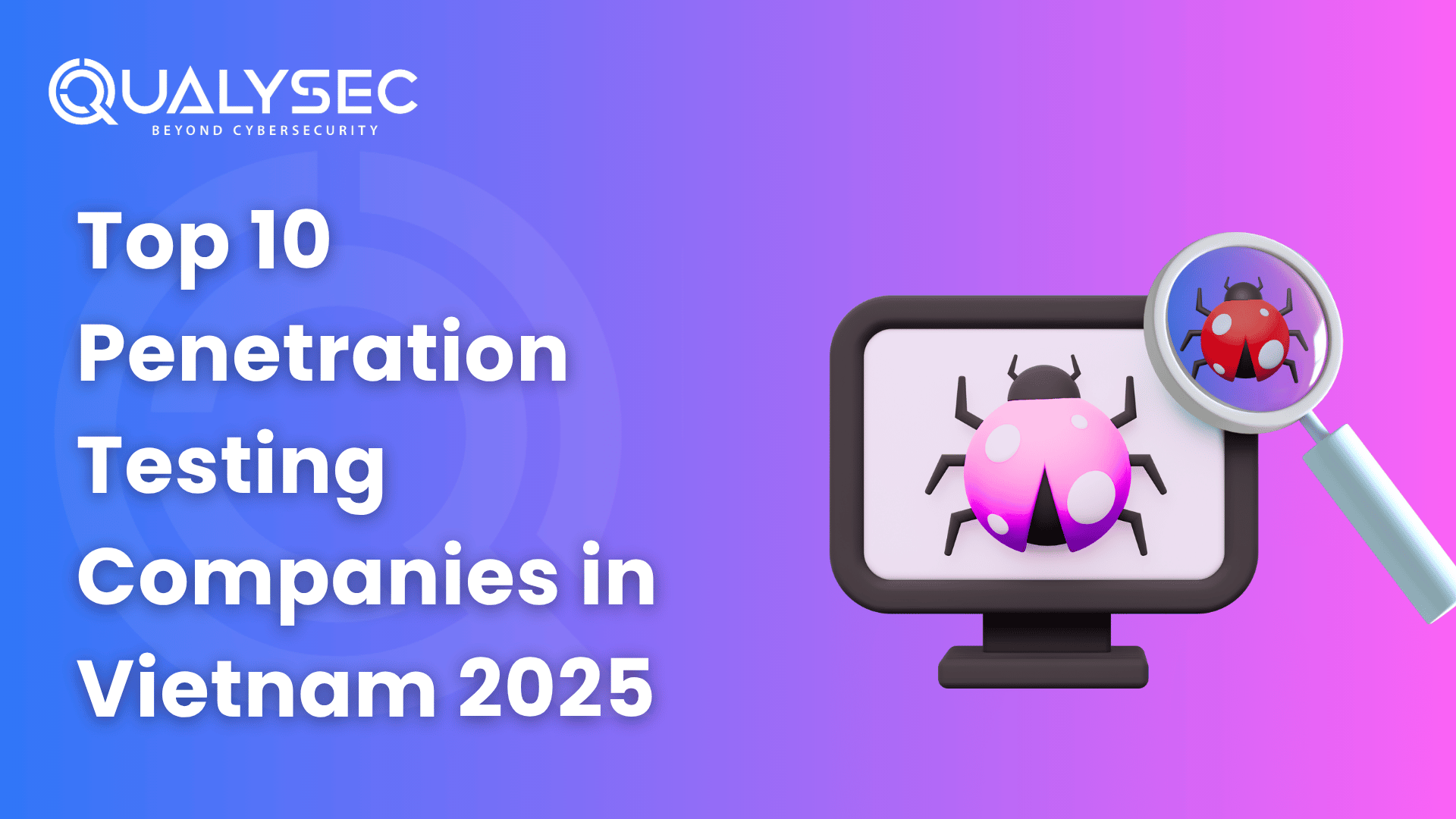

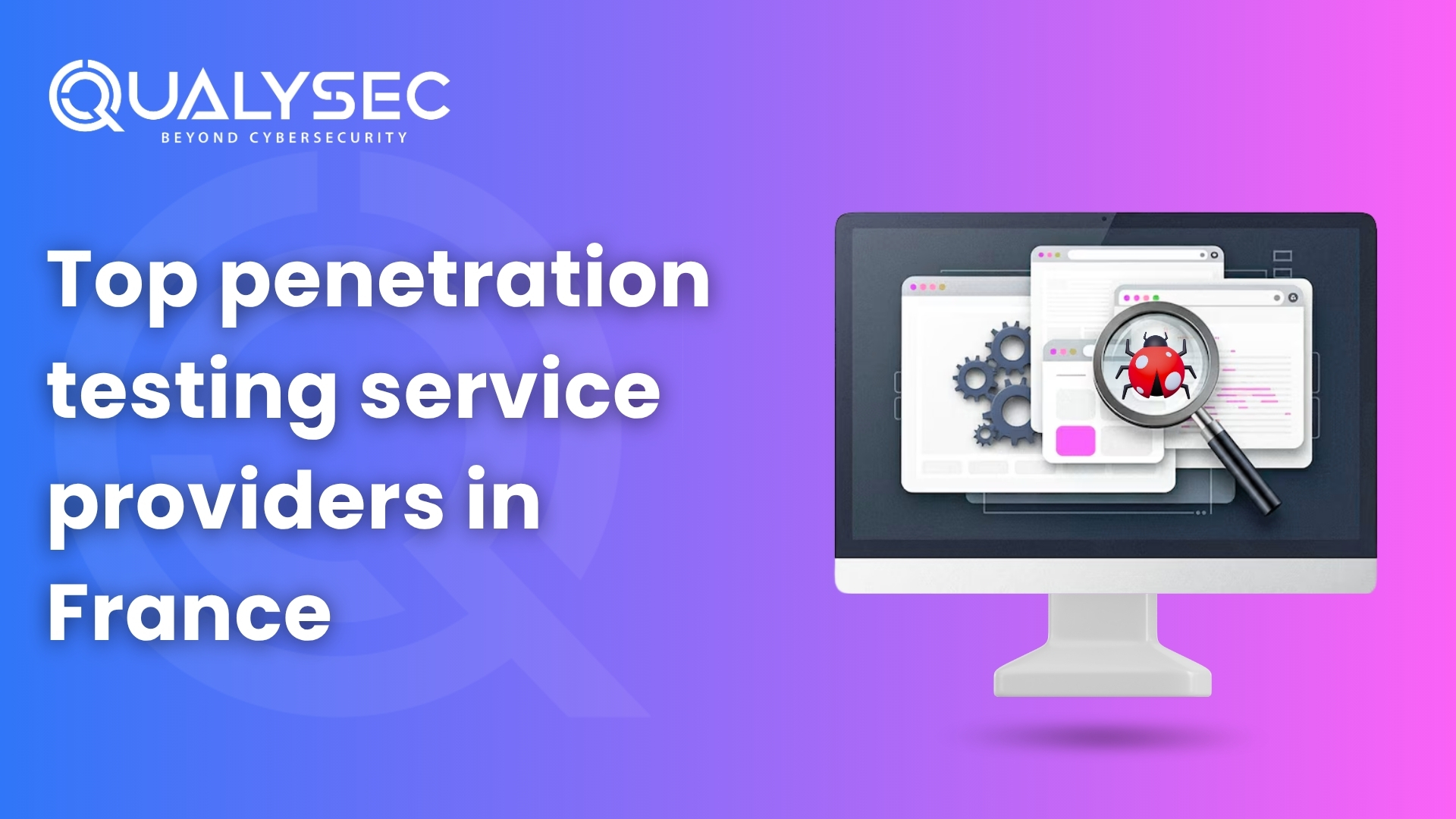
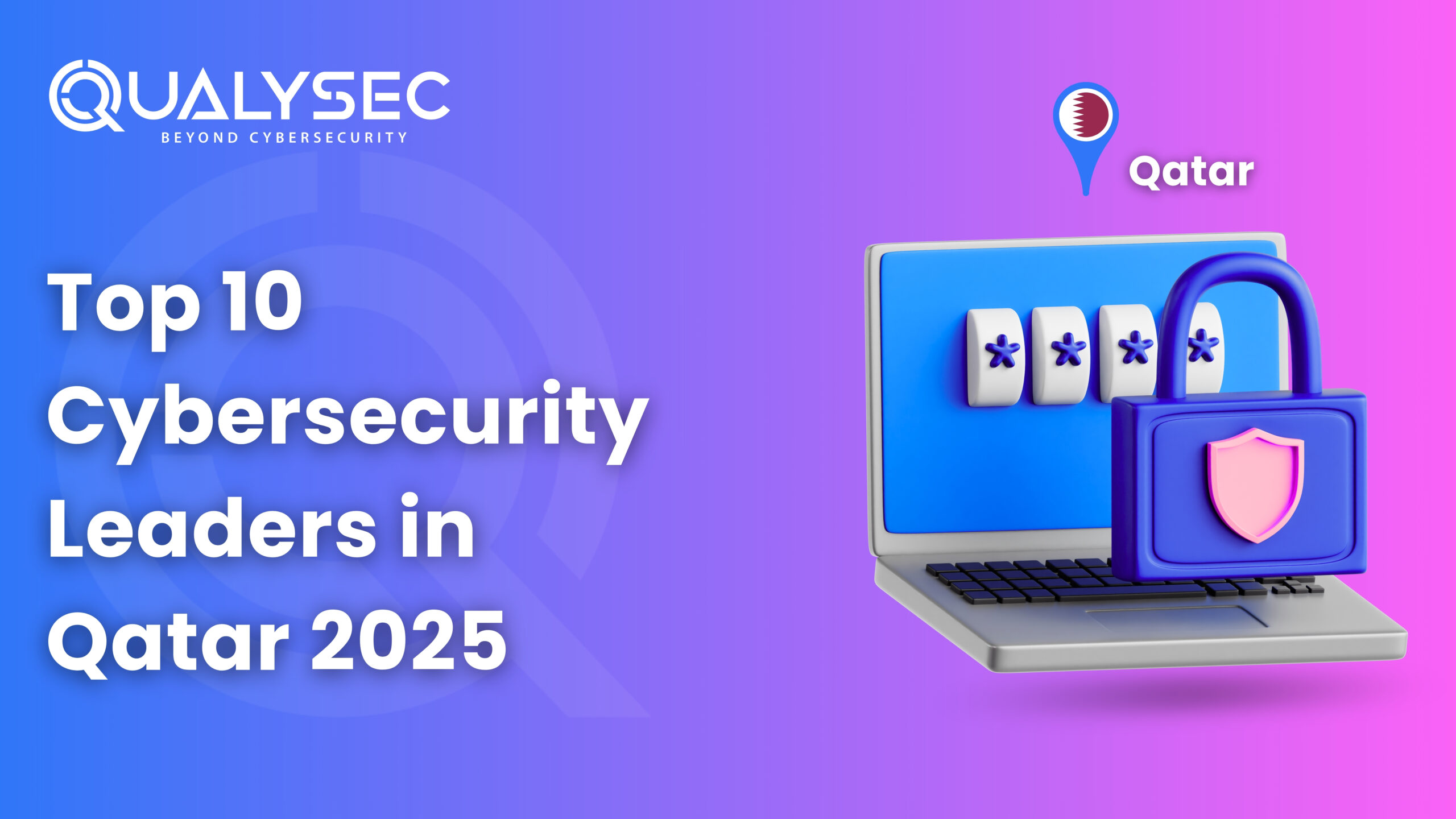
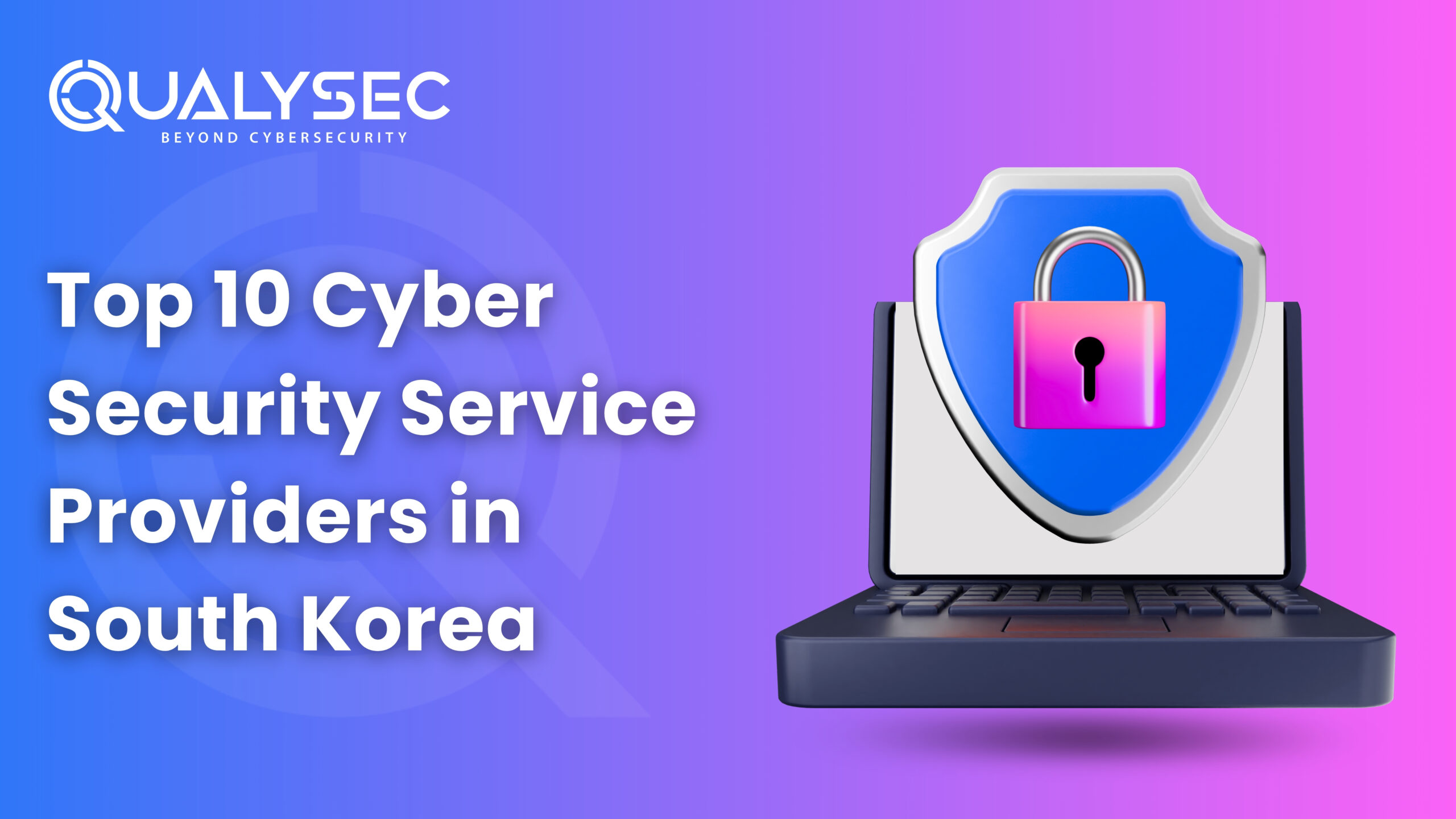
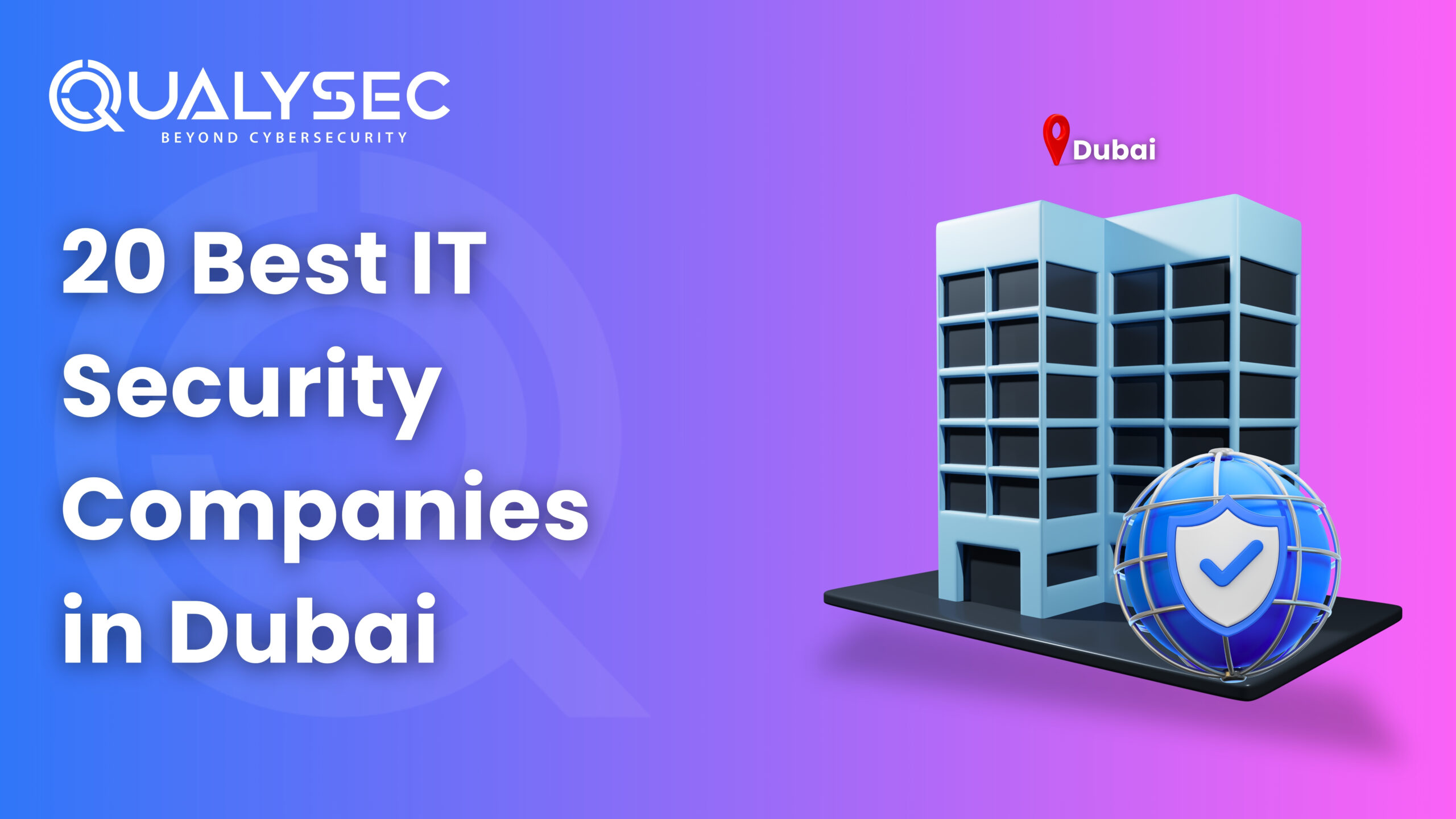
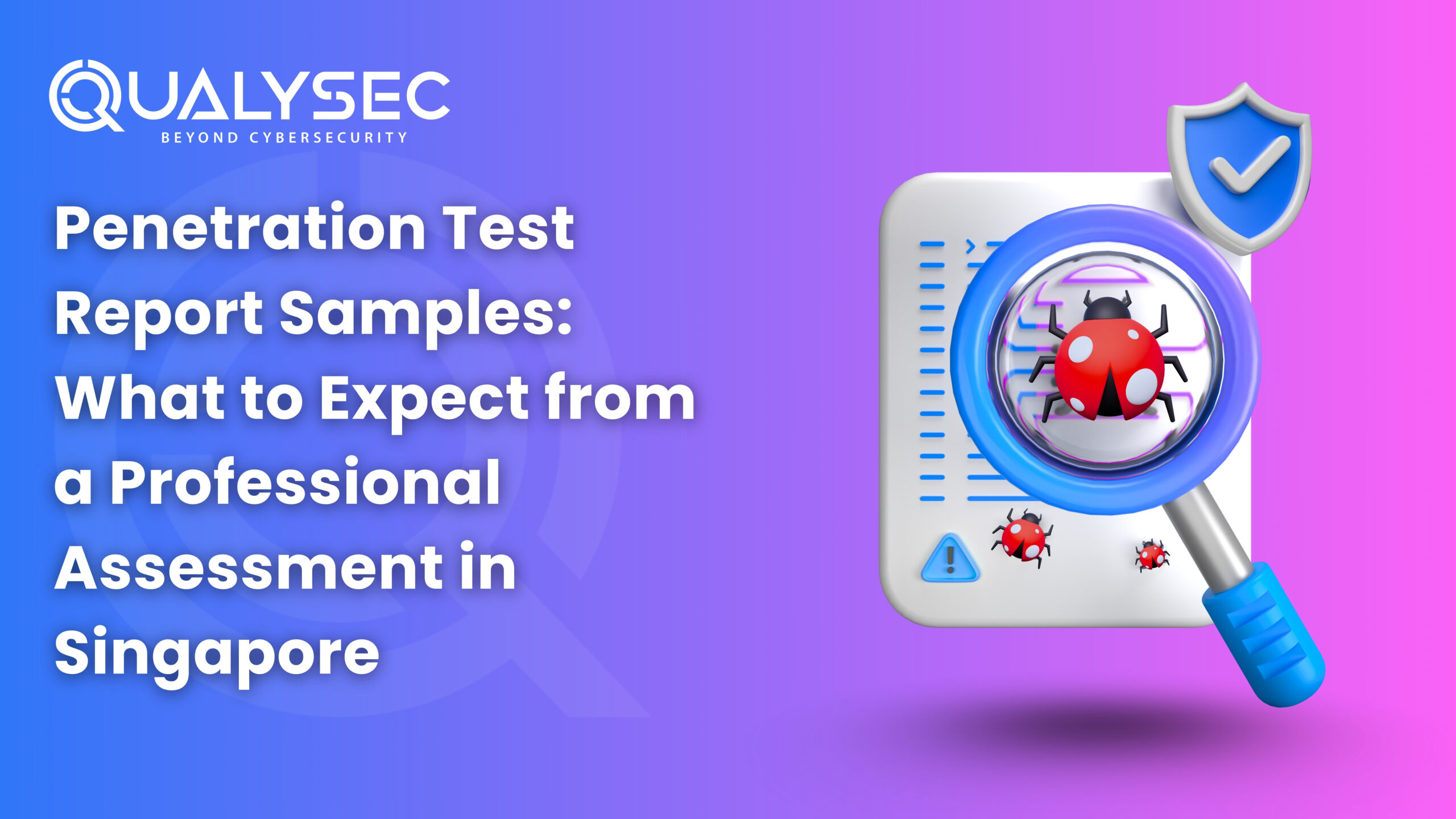
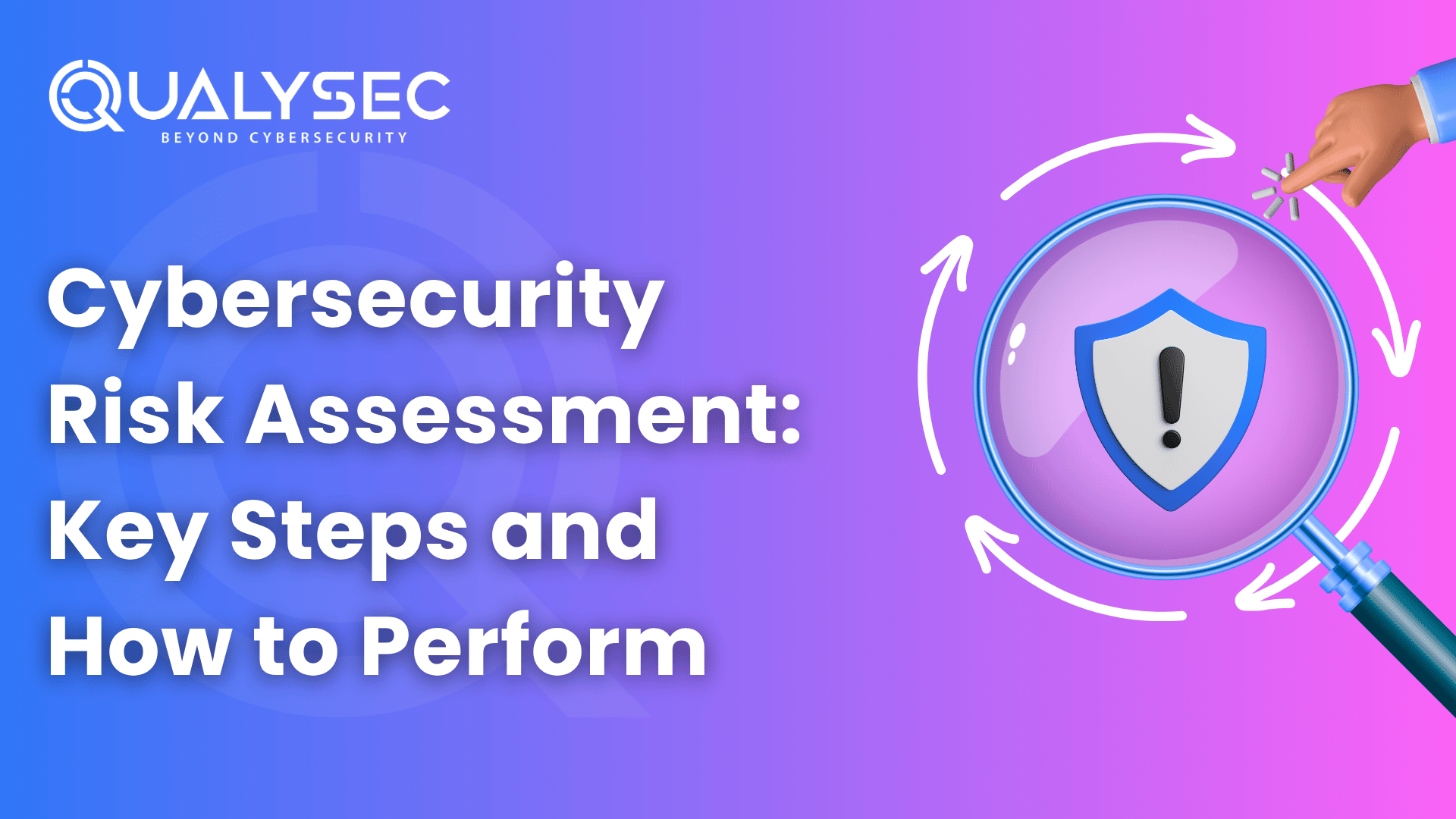
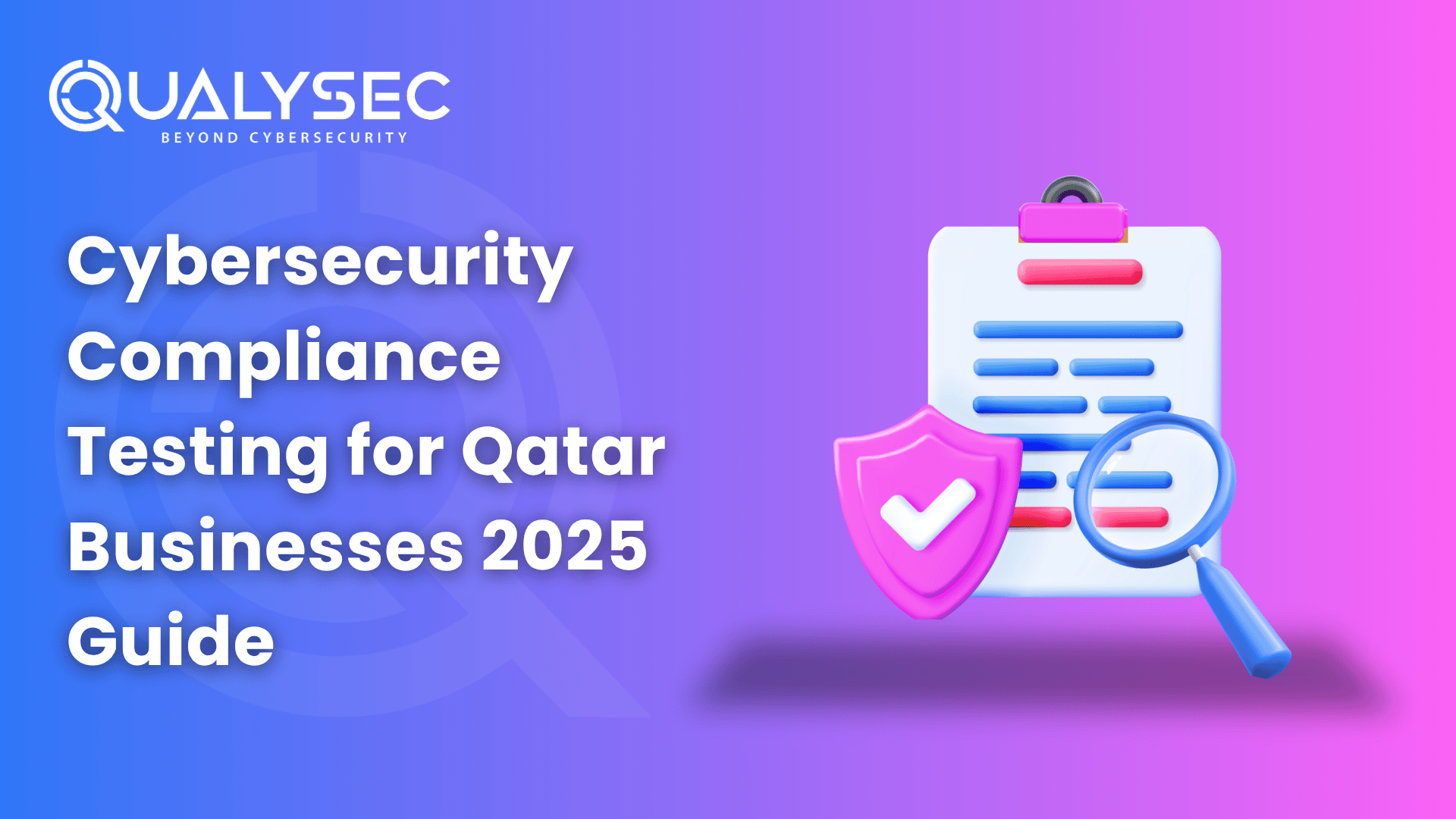
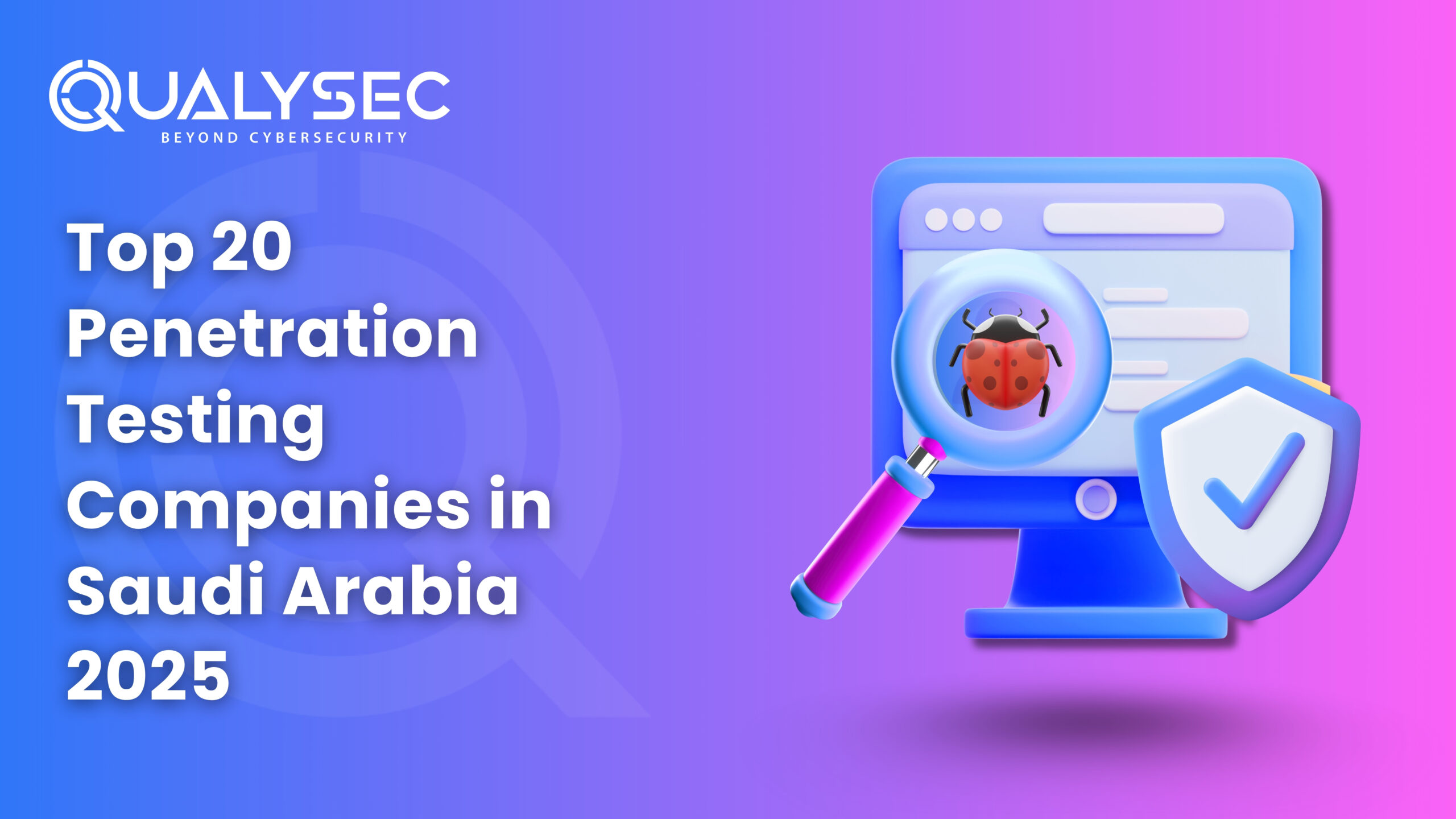
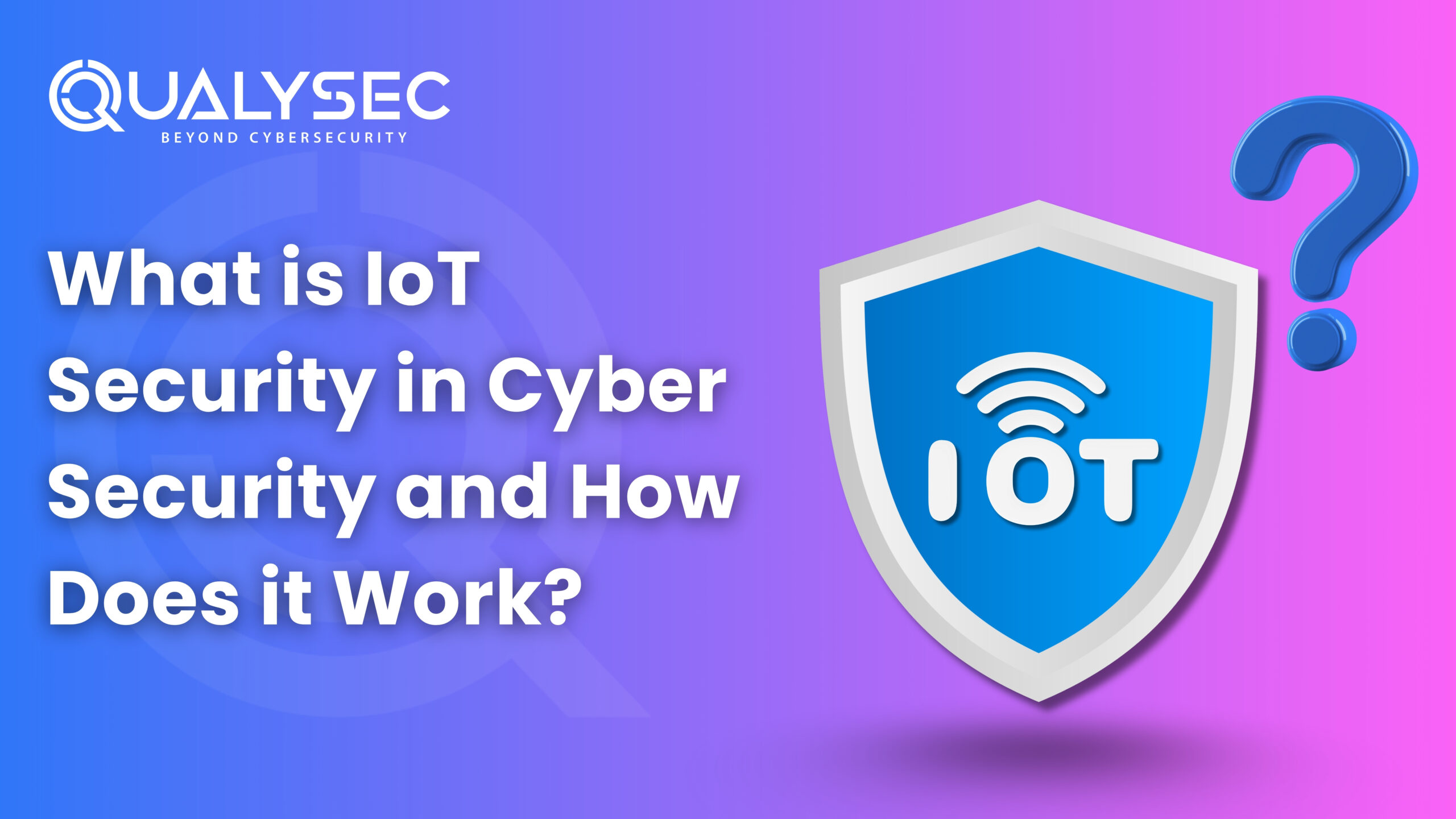
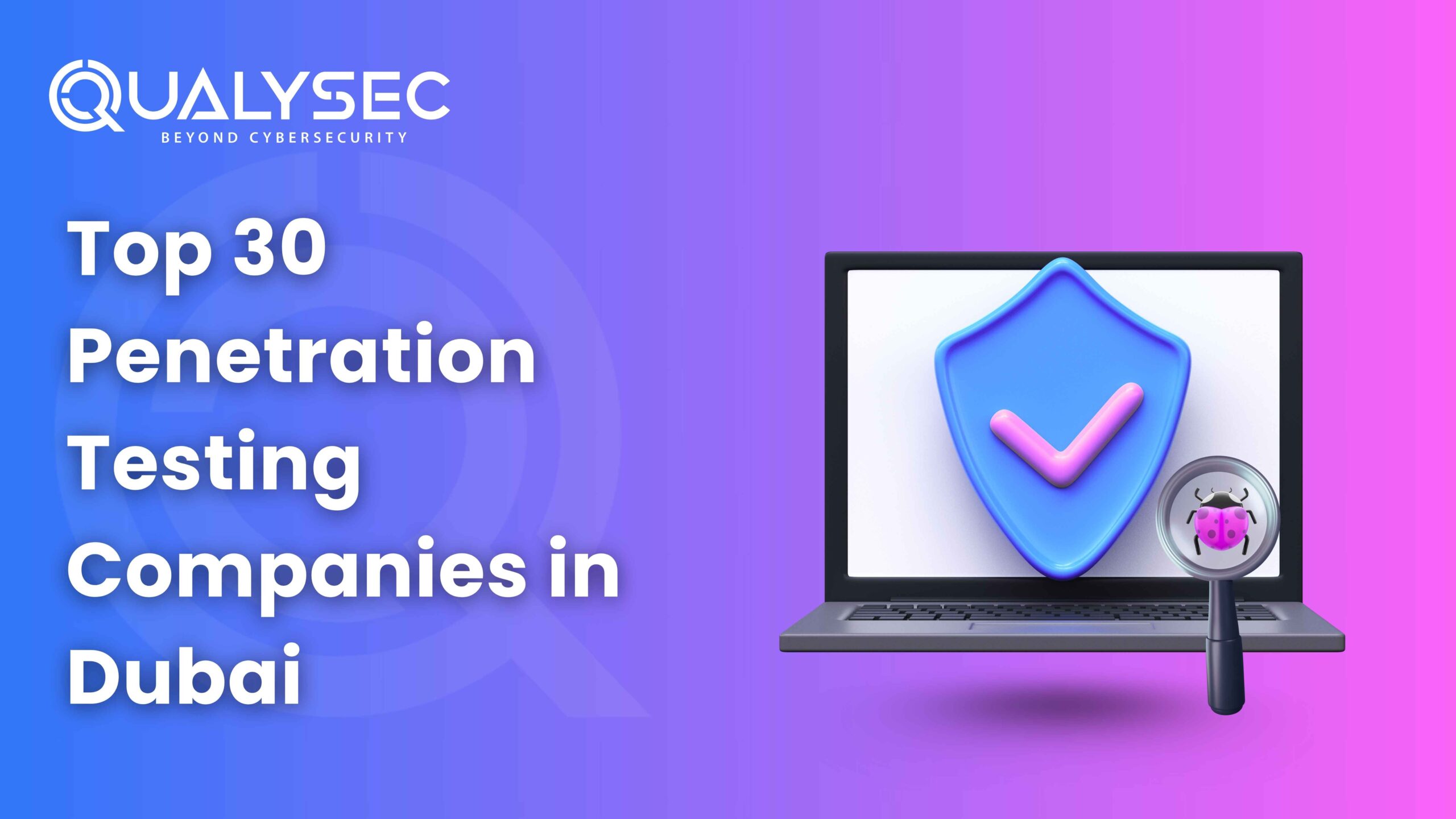

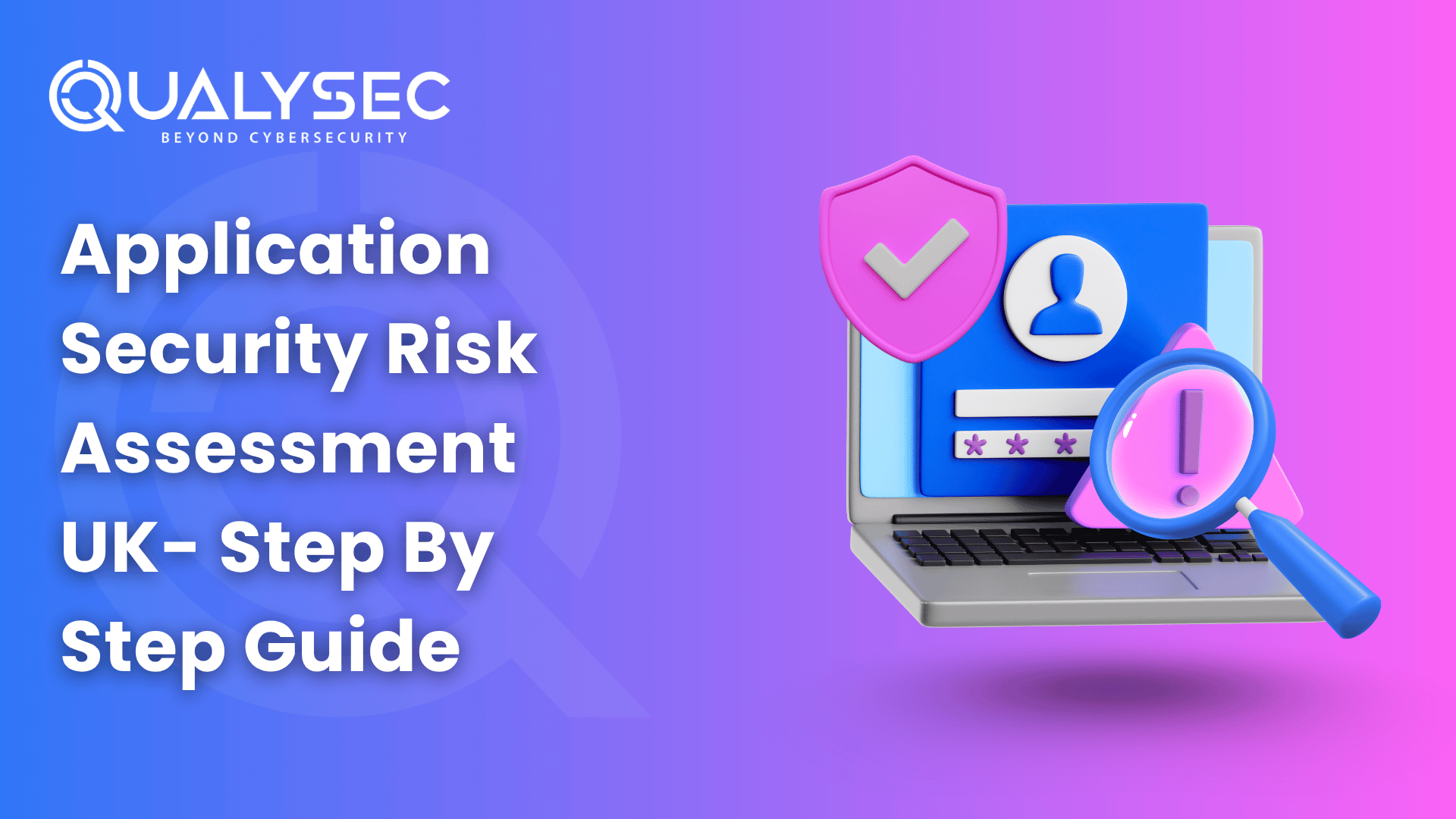
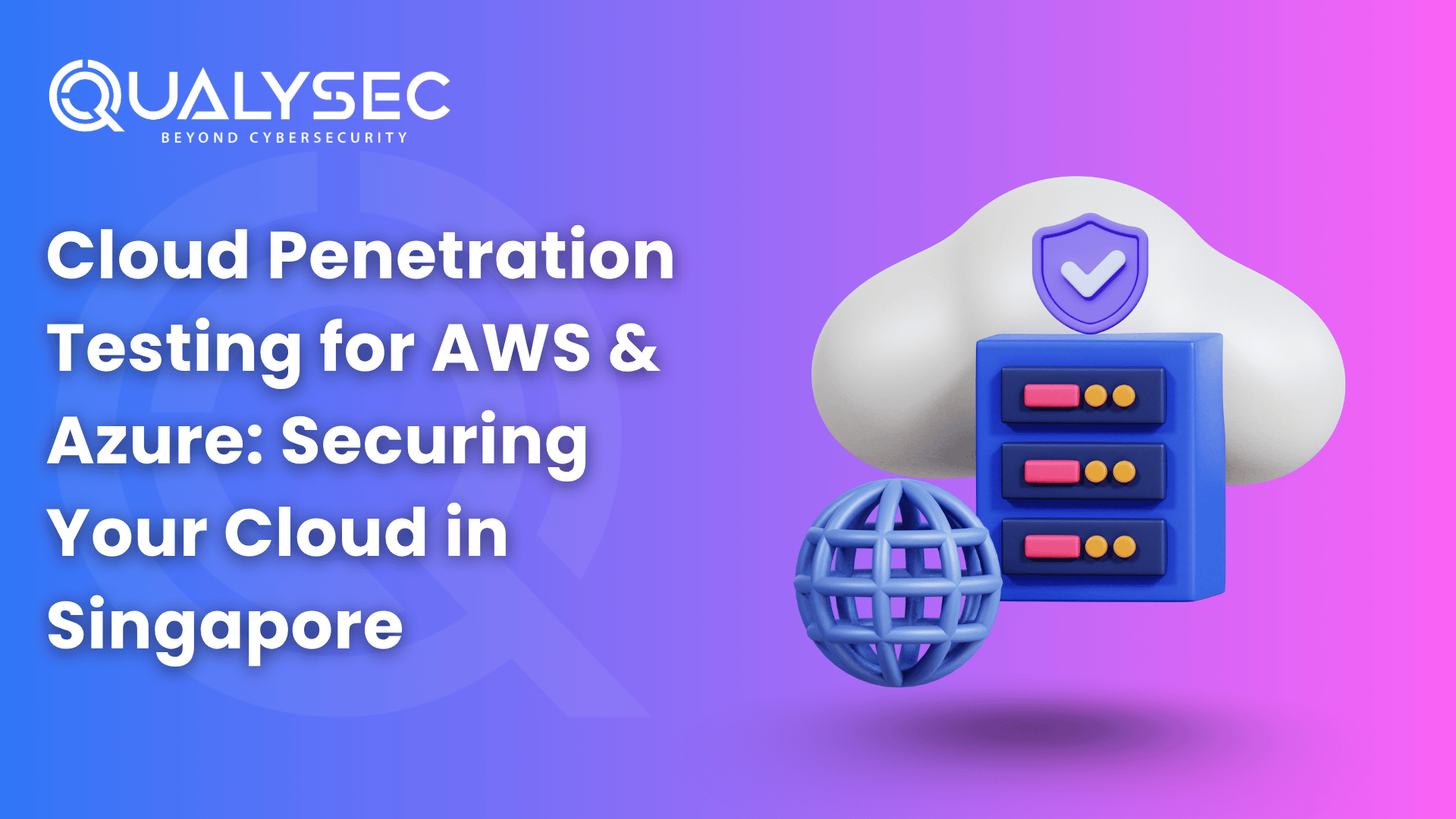
























































































































































































































































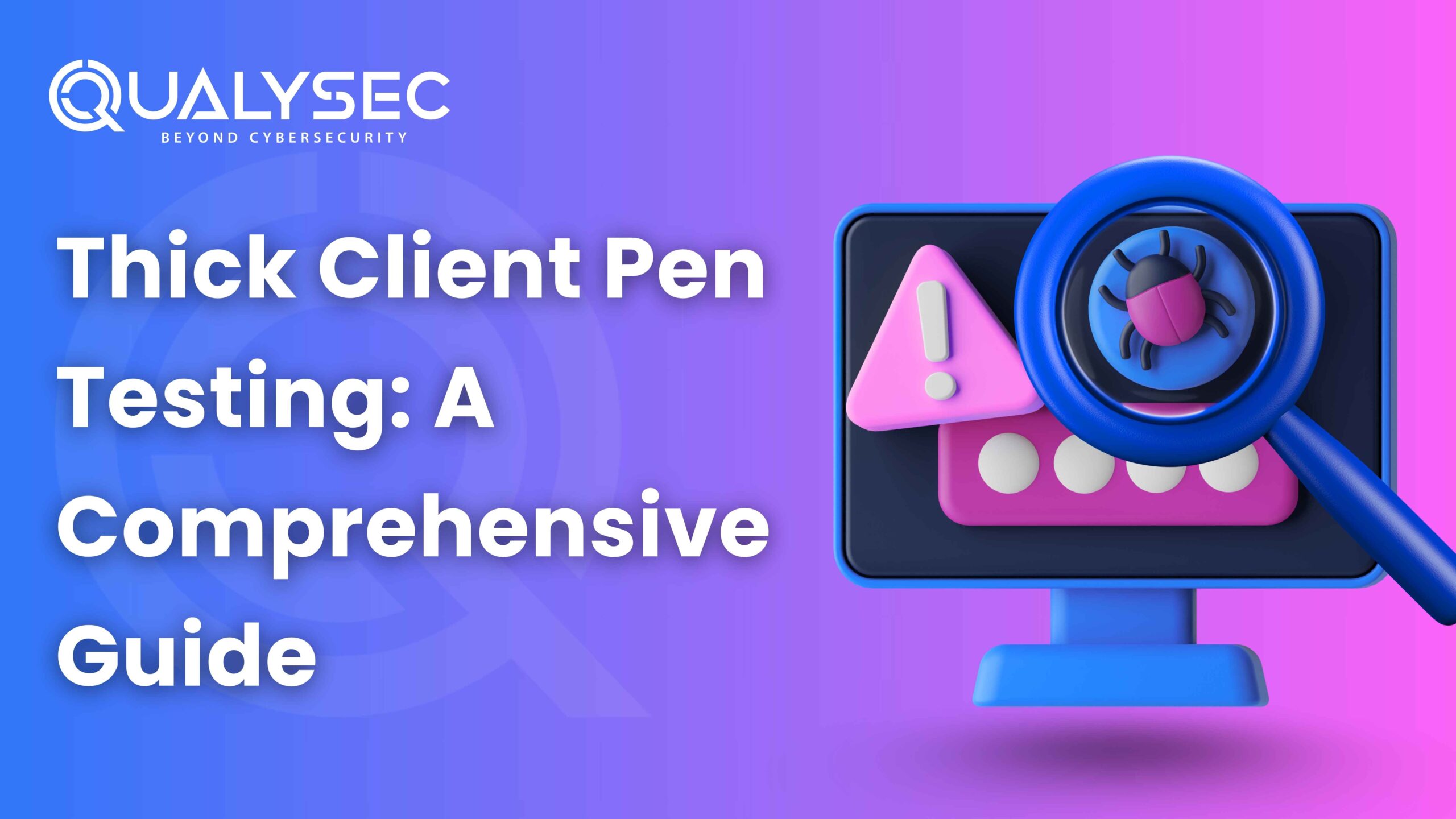


















































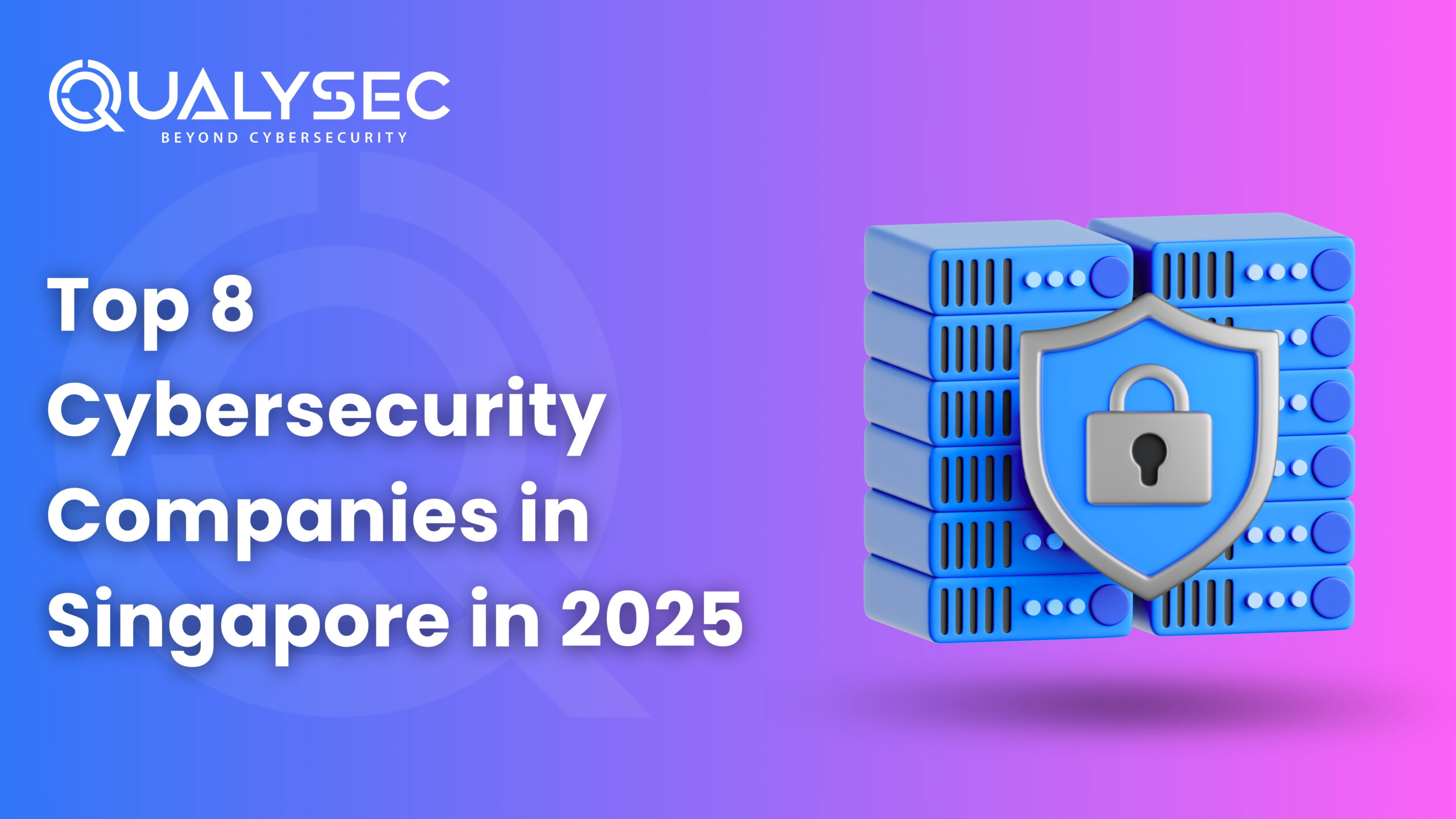














0 Comments